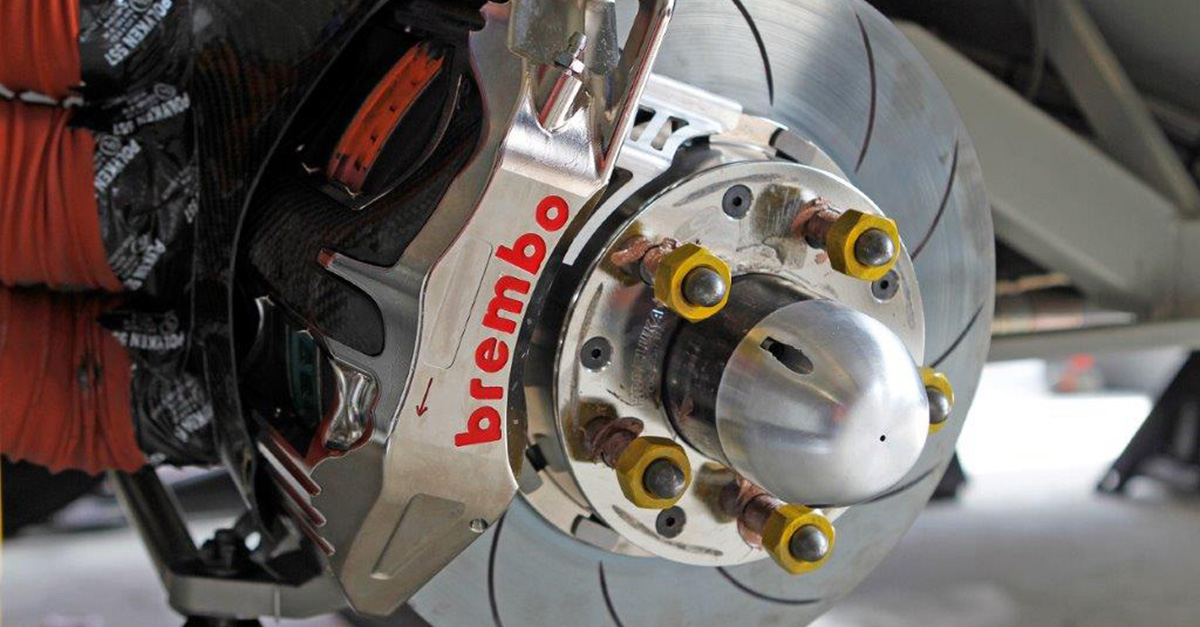All of this is already reality in the USA thanks to the NASCAR Cup Series - the championship involving about forty drivers battling it out from February to November in the course of 36 races with very heavy cars (around 1,540 kg, double the weight of F1 single-seaters) built by 3 manufacturers (Chevrolet, Ford and Toyota).
For the season that just ended, the winner of the NASCAR Cup Series was Martin Truex Jr. on the Furniture Row Racing team. He used Brembo braking systems throughout the entire season.
The technical regulations keep faith with tradition by envisaging a tubular steel frame with roll-bar, 5.860 cc V8 engines, 4-speed manual transmission, the same fuel and tyres for all cars that are 5.3 metres long by 1.94 metres wide. In terms of appearance, then, they are not all that different from the cars that competed in Nascar event in the 1970s.
Absolutely nothing to do then with Formula 1 cars - and not even the cars competing in the GT championships held in the rest of the world, from DTM to World Endurance (FIA WEC). Yet this does not mean that NASCAR Cup Series cars are old-fashioned because in those areas allowed by regulations, teams carry endless studies and wind tunnel tests. Top speed is utterly essential on the oval tracks.
And the most astonishing thing for those who do not already know the NASCAR Cup Series is the dedication focused on braking systems in terms of construction and usage alike. The 2017 edition of the Nascar Cup Series was won by Martin Truex Jr precisely with Brembo brakes. In the course of 36 races during the season, his Furniture Raw Racing team Toyota used different types of brake discs, calipers and brake pads depending on each race track.
This is why reason we would like to disprove 5 myths about the brakes used in this championship.

